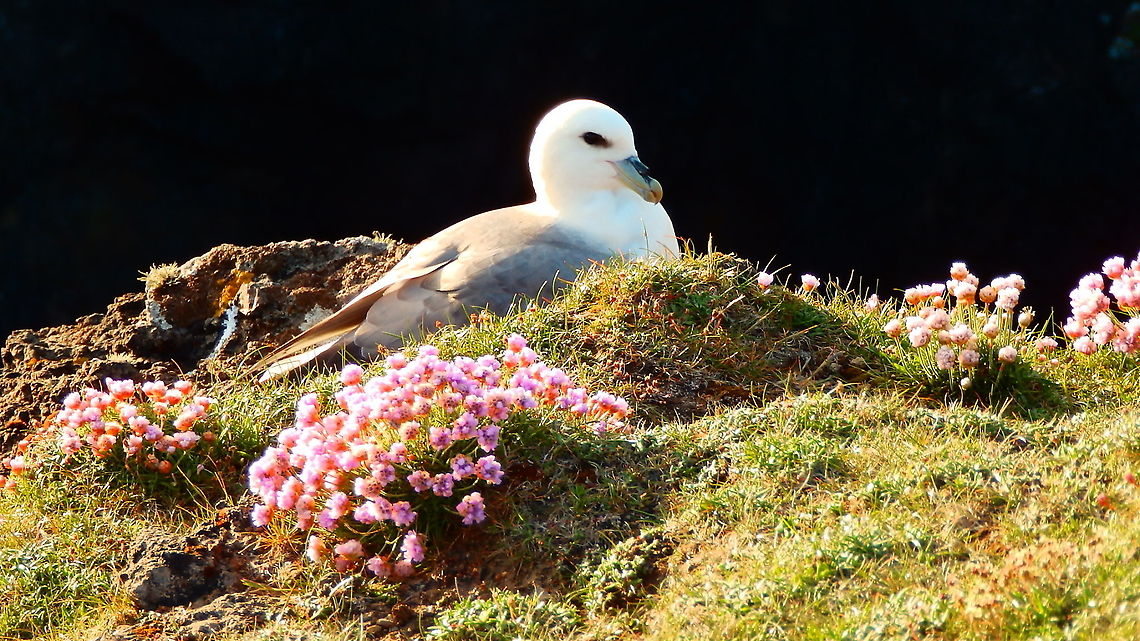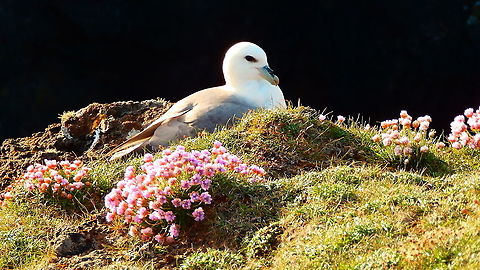 Promoted
Promoted
Northern fulmar - Fulmarus glacialis
I have deleted a similar one and add here a bigger version of a similar picture.
This was the legend;
The Northern Fulmar has a wingspan of 102–112 cm (40–44 in) and is 46 cm (18 in) in length. Body mass can range from 450 to 1,000 g.They are grey and white with a pale yellow, thick, bill and bluish legs. they have nasal passages that attach to the upper bill called naricorns. The bills are also unique in that they are split into between 7 and 9 horny plates. They produce a stomach oil made up of wax esters and triglycerides that is stored in the proventriculus. This is used against predators as well as an energy rich food source for chicks and for the adults during their long flights. They also have a salt gland that is situated above the nasal passage and helps desalinate their bodies, due to the high amount of ocean water that they imbibe. It excretes a high saline solution from their nose.
Habitat: Is a highly abundant sea bird found primarily in subarctic regions of the north Atlantic and north Pacific oceans. Very commonly sighted in almost any cliff wall of the Shetland Islands (June, 2013).
https://en.wikipedia.org/wiki/Northern_fulmar

The northern fulmar is a highly abundant sea bird found primarily in subarctic regions of the North Atlantic and North Pacific oceans. Fulmars come in one of two color morphs: a light one, with white head and body and gray wings and tail, and a dark one which is uniformly gray.

comments (2)